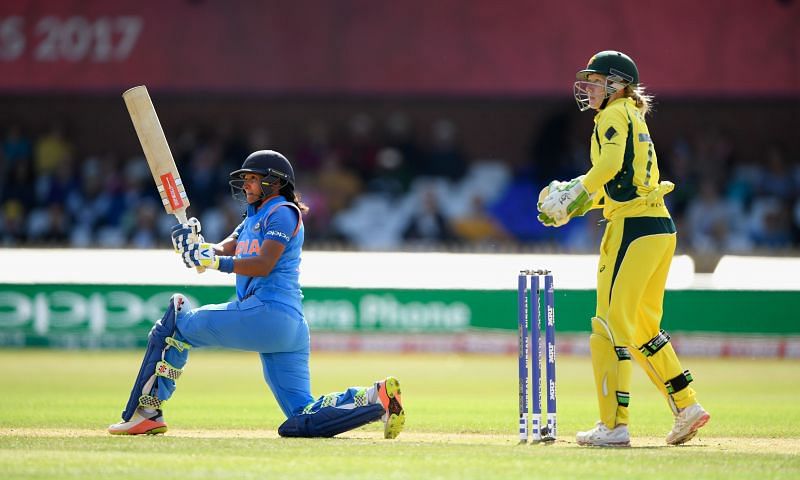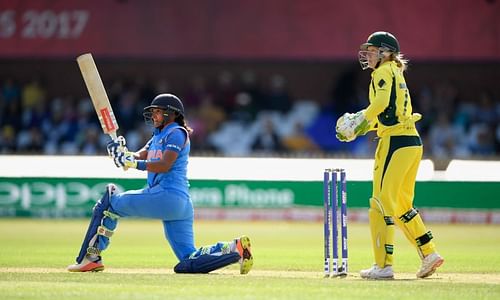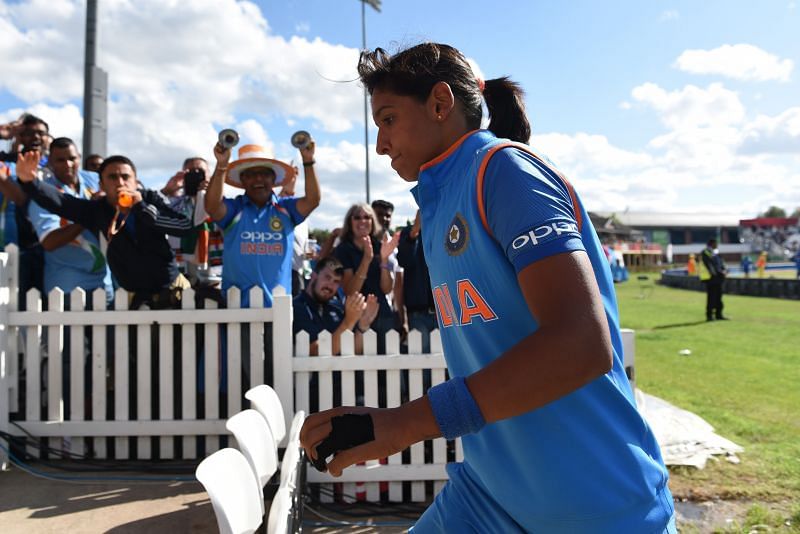
Harmanpreet Kaur and her knock that changed the course of women’s cricket

Cricket history is sprinkled with legendary knocks that captivate the audience. From Sachin Tendulkar’s 'Desert Storm' against Australia in Sharjah to AB De Villiers’ systemic destruction of West Indies bowling attack at the 2015 World Cup to Ben Stokes’ Headingley heist in the Ashes. Such innings are remembered for a very long time, if not forever.
But seldom comes an innings that has the potential to be a game-changer for the entire sport. Four years ago, on July 20th, Harmanpreet Kaur produced one such knock. An innings that just didn’t propel India women to a World Cup final, but it was much more important than the mere context of the game or the tournament. It was an innings that just didn’t define the future of Indian women’s cricket, but it changed the course of women’s cricket in general.

A quick look at Google Trends for the search term - “women’s cricket” clearly shows that the sport was most popular in July 2017, and the average interest in the sport has shown a consistent increase since as compared to previous years.
Context of Harmanpreet Kaur's knock
India were batting first in the semi-finals against defending champions Australia, and Harmanpreet Kaur walked into bat at 35-2 in 9.2 overs. The match was reduced to a 42-over affair, and the Indian colts needed a big score to keep the strong Australian batting line-up at bay.
Harmanpreet Kaur did just that. India finished on 281-4 in their 42 overs, with Harmanpreet scoring a ridiculous 171* off just 115 balls. The second-highest scorer was Mithali Raj, who scored 36 off 61 balls.
The way Harmanpreet paced her innings is also worth mentioning. Her first 50 was sedate and came in 64 balls, her second 50 came off 26 deliveries, and she needed just 17 balls for her third 50 runs. She scored her last 71 runs of just 25 deliveries. India ended up winning the match by 36 runs and set up a date with England in the final.

The innings has often drawn parallels with Kapil Dev’s iconic 175* against Zimbabwe at Tunbridge Wells in the 1983 World Cup. And rightly so. Sure, Kapil Dev’s innings came under much more dire straits, and what followed was a legendary World Cup win, which wasn’t quite the case for Harmanpreet Kaur. But in terms of what it meant for the sport as a whole, Kapil Dev’s knock and India’s subsequent win triggered the country’s obsession” with the sport. But Harmanpreet Kaur’s knock made the sport better for the entirety of women’s cricket.
The 2017 World Cup final between India and England was viewed by 126 million people in India - a 500% increase from previous years. The UK saw a 300% increase, Australia 131%, and South Africa saw 861% increase in viewership. This was only toppled by the 2020 T20 World Cup in Australia, which is now the second-most viewed ICC event, only behind the 2019 men’s World Cup. Of course, all of the success of the sport can’t be attributed solely to Harmanpreet Kaur’s innings, but the sustained impact it had on the interest that women’s cricket has garnered has to be acknowledged.
Harmanpreet Kaur played a huge role in making women’s Cricket mainstream. The innings made the sport a gender-neutral watch. It wasn’t about a man or a woman batting. It was a player who was toying with the opposition on one of the biggest stages. She made the world stand up and notice that cricket is not merely a “man’s world”.
Harmanpreet Kaur did indeed change the course of the women’s cricket on this day, four years ago!